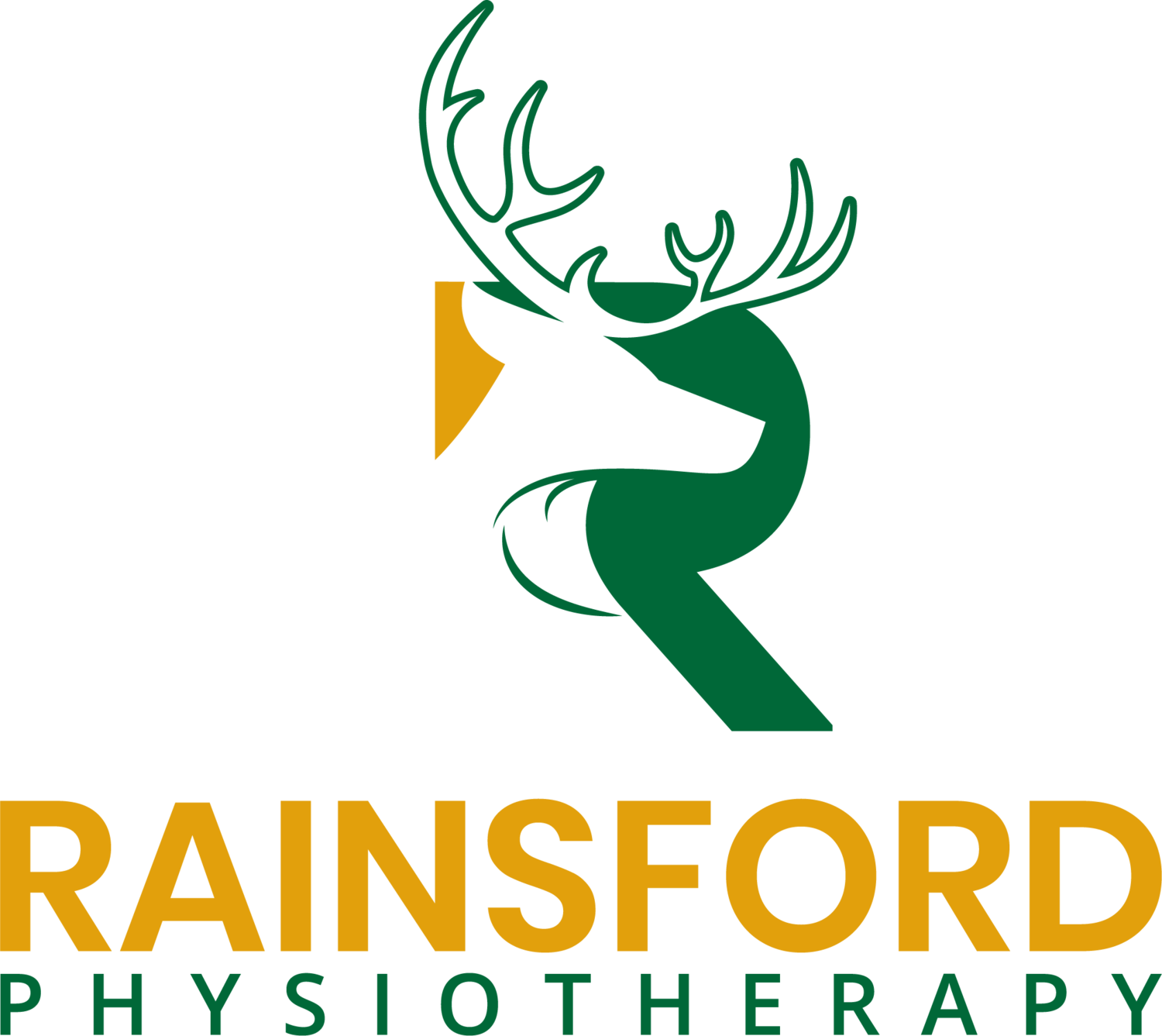Shockwave Therapy - What is it for and how is it used?
Shockwave Therapy is a non-invasive treatment using high-energy sound/vibrational waves that are transmitted into the body to reduce pain sensations and promote local microcirculation — enhancing tissue healing.
Generating the Shockwave
The shockwave is produced when the projectile in the applicator contacts the probe’s tip via an electronically controlled air compressor. The kinetic energy produced is transmitted into the body through a liquid medium gel on the patient’s skin, which improves uptake of the vibrational waves.
Indications
Conditions a Health Care Practitioner may consider using Shockwave Therapy for include, but are not limited to:
Tendinopathies: Rotator cuff, gluteals, patellar tendon, achilles tendon, etc
Calcific tendinopathy (calcium deposits within tenon)
Muscular trigger points
Possible Secondary effects
Temporary reddening or swelling of the skin at the site of application
Temporary reduction in sensation or itchiness at the site of application
Hematoma or bruising
Skin damage, after previous corticoid therapy at the treated site
Recommended treatment settings and frequency and number of sessions:
The treating Physiotherapist always uses their skilled clinical judgement to make these decisions.
Settings on the unit are manually adjusted so that the sensation experienced feels strong, but tolerable.
A typical suggested frequency between treatments is 5-10 days.
Symptom improvement is typically felt within 3-6 treatments but the characteristics of your unique injury may mean fewer or slightly more treatments are needed.
Lastly
Shockwave treatments are quick (often ~10 minutes) and are combined with my other treatment strategies (eg. home exercise program, manual therapy, etc.) to ensure your complaint is being thoroughly addressed in our session. It is commonly recommended to avoid straining physical activity of the treated region in the days following treatment.
*Details provided are a combination of info retrieved from BTL’s Instruction Manual and from personal, clinical experience.
- Thanks for reading and keep looking for more posts in the future on other ‘hot topics’ in the world of Physiotherapy and Physical Rehabilitation!

